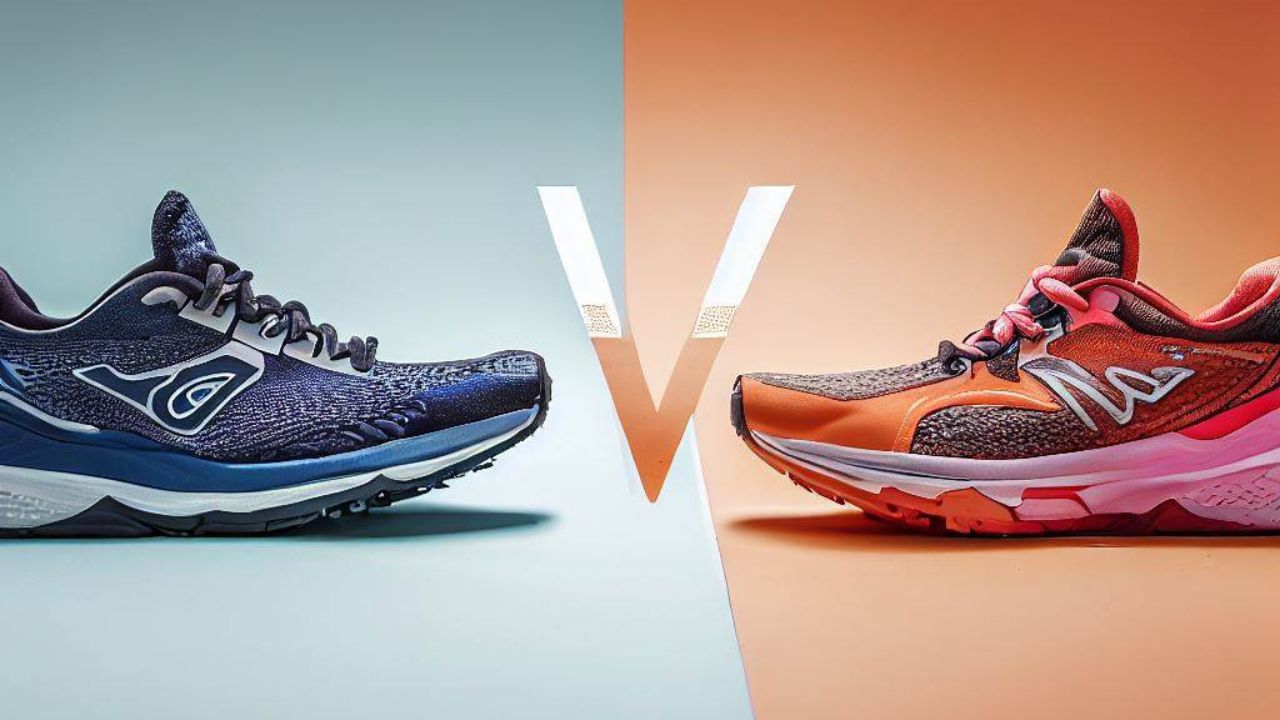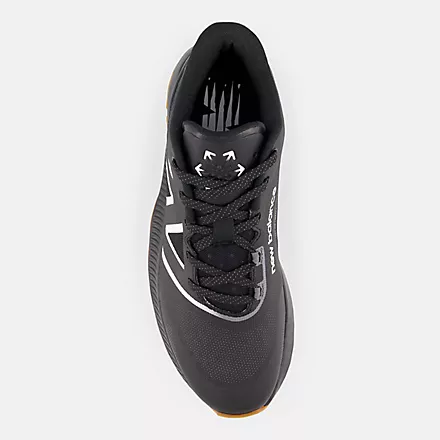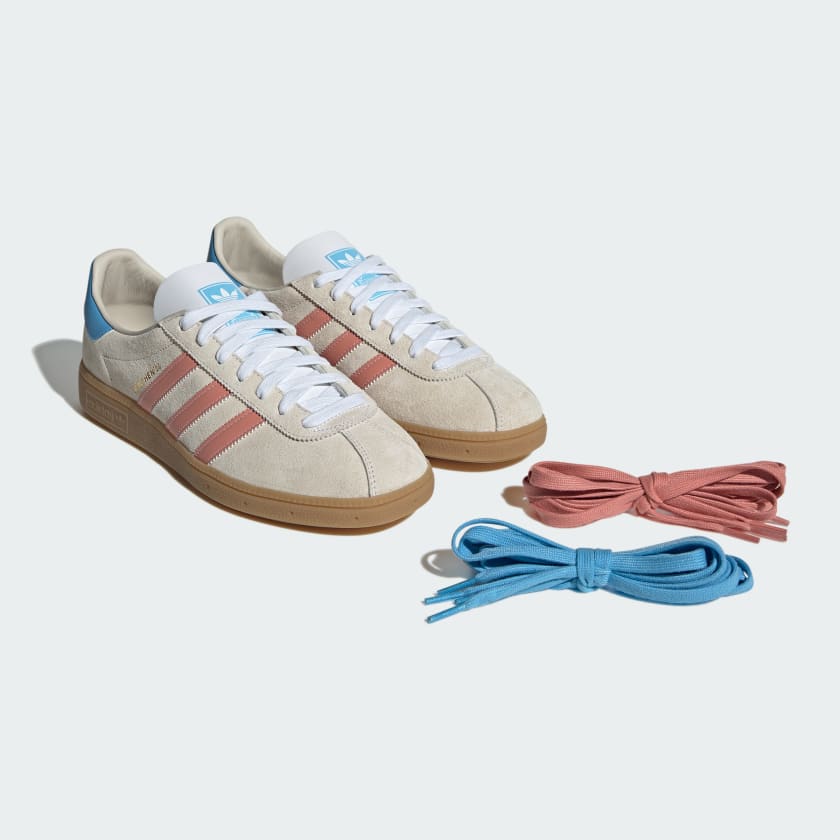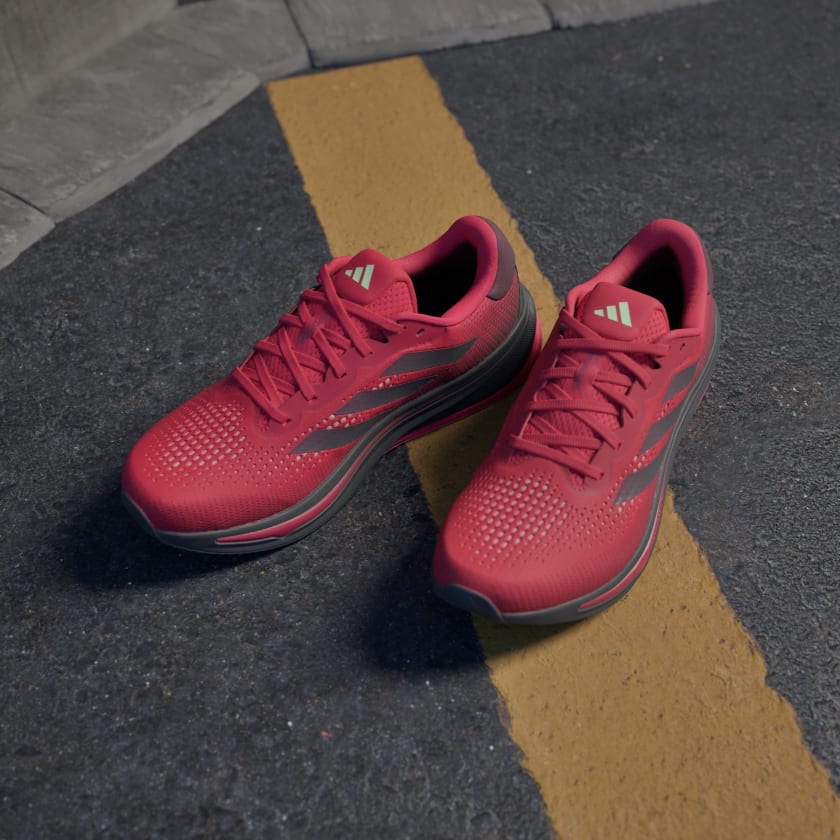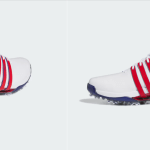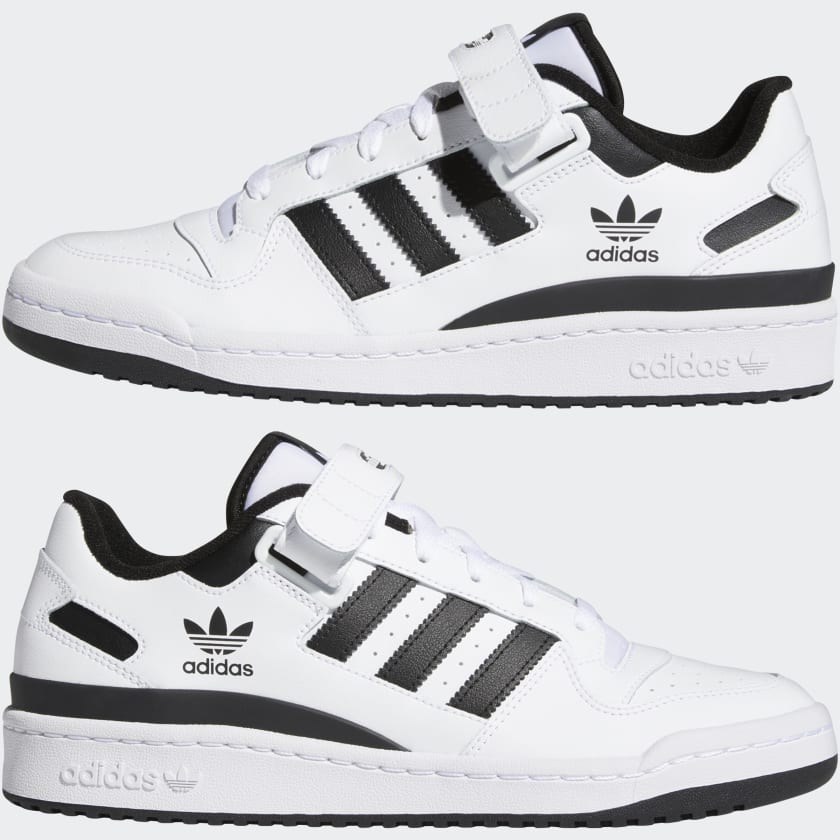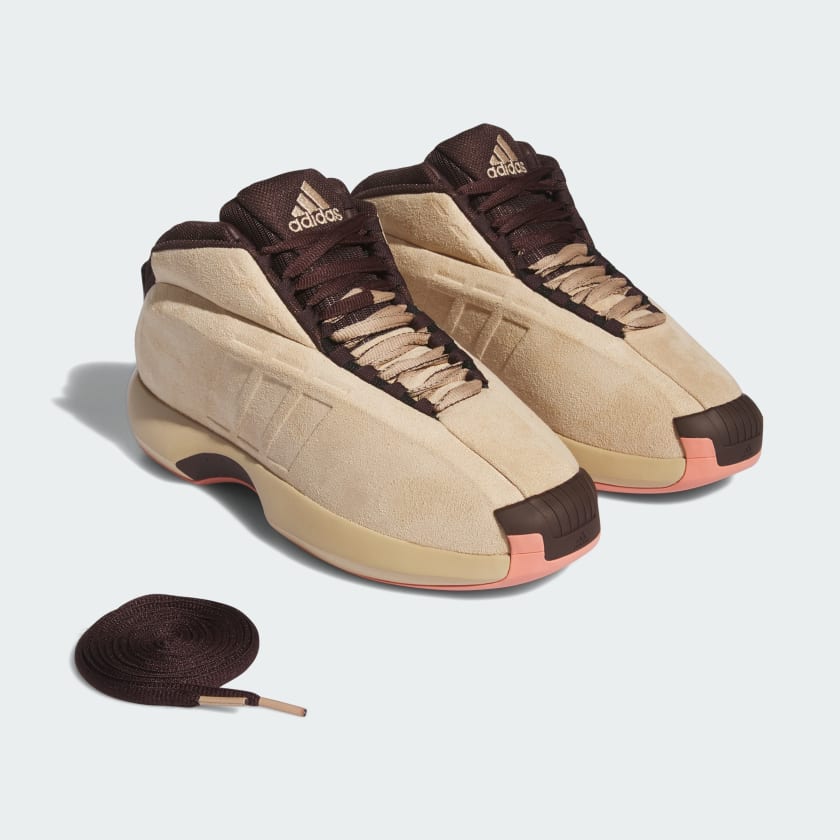Find out the ultimate face-off between Brooks vs Hoka for walking shoes. Explore the features, benefits, and choose the best pair for your needs.
When it comes to walking shoes, two brands that often dominate the market are Brooks and Hoka. Both companies have a strong reputation for producing high-quality footwear that caters to different needs and preferences. If you’re in the market for a new pair of walking shoes, it’s essential to understand the key differences between Brooks and Hoka. In this article, we’ll explore the features, benefits, and drawbacks of each brand, helping you make an informed decision about which one suits you best.
Overview of Brooks and Hoka
Brooks and Hoka are prominent shoe manufacturers with a focus on producing performance footwear for various activities, including walking, running, and hiking. Brooks, founded in 1914, has a long-standing reputation for manufacturing high-quality athletic shoes. Hoka, on the other hand, is a relatively newer brand that emerged in 2009 but quickly gained popularity for its innovative designs and unique approach to cushioning.
Comparison of Brooks vs Hoka for walking shoes
| Feature | Brooks | Hoka |
|---|---|---|
| Cushioning | Moderate | Excellent |
| Stability | Good | Moderate |
| Durability | Good | Good |
| Weight | Light | Heavy |
| Price | $100 – $250 | $100 – $300 |
| Style | Traditional | Chunky |
| Best for | Walkers who want comfort and support | Walkers who want maximum cushioning |
As you can see, Brooks and Hoka are both excellent brands of walking shoes. However, they have different strengths and weaknesses. Brooks shoes are better for walkers who want comfort and support, while Hoka shoes are better for walkers who want maximum cushioning.
Cushioning and Support
One of the essential factors to consider when choosing walking shoes is cushioning and support. Brooks offers a wide range of shoes with different cushioning technologies, such as DNA Loft and BioMoGo DNA, which provide excellent shock absorption and responsiveness. Hoka, on the other hand, is renowned for its maximalist cushioning, featuring thick midsoles that offer enhanced comfort and protection from impact.
Stability and Motion Control
If you require stability and motion control in your walking shoes, both Brooks and Hoka have options to suit your needs. Brooks incorporates features like GuideRails and Progressive Diagonal Rollbar in some of their models, providing stability and controlling excessive pronation. Hoka, on the other hand, uses the J-Frame technology, which offers a supportive and stable platform for walking.
Weight and Flexibility
Weight and flexibility are important considerations, especially for long walks or extended periods of wear. Brooks shoes generally tend to be lighter and offer more flexibility compared to Hoka shoes. This lighter construction can provide a more natural walking experience and reduce fatigue during prolonged use. However, it’s worth noting that Hoka’s focus on cushioning often results in slightly heavier shoes.
Durability and Longevity
Investing in durable walking shoes is crucial to ensure they can withstand regular use and last a long time. Brooks shoes are known for their durability, utilizing high-quality materials and robust construction. Hoka shoes, while not as renowned for their durability, still offer decent longevity. However, the thicker midsoles in some Hoka models may experience accelerated wear and tear compared to Brooks shoes.
Fit and Comfort
The fit and comfort of walking shoes play a significant role in your overall walking experience. Both Brooks and Hoka offer a variety of models designed to accommodate different foot shapes and sizes. However, individual preferences may vary. It is recommended to try on both brands and consider factors such as toe box width, arch support, and overall comfort to find the best fit for your feet.
Style and Design
While functionality is crucial, many individuals also appreciate stylish footwear. Brooks and Hoka cater to different aesthetic preferences. Brooks shoes often have a more traditional and understated design, while Hoka embraces a bold and distinctive appearance. Ultimately, choosing a brand based on style and design is a personal preference that should align with your individual taste.
Price Range
Price is an important consideration for most buyers. Brooks and Hoka offer shoes at different price points to accommodate various budgets. Generally, Brooks shoes tend to be more affordable compared to Hoka. However, it’s essential to consider the features and technologies offered by each brand to determine the best value for your investment.
Pros and Cons of these two Brands
Here is a more detailed comparison of the two brands:
Brooks
- Pros:
- Good cushioning
- Excellent stability
- Durable
- Lightweight
- Affordable
- Cons:
- Not as much cushioning as Hoka shoes
- Not as stylish as Hoka shoes
Hoka
- Pros:
- Excellent cushioning
- Moderate stability
- Durable
- Lightweight
- Stylish
- Cons:
- More expensive than Brooks shoes
- Bulkier than Brooks shoes
Ultimately, the best brand of walking shoe for you will depend on your individual needs and preferences. If you are looking for maximum cushioning, Hoka shoes are a great option. If you are looking for comfort and support, Brooks shoes are a great option.
Choosing Between Brooks and Hoka
Selecting between Brooks and Hoka for walking ultimately depends on your specific needs and preferences. Consider factors such as cushioning, support, stability, weight, durability, fit, comfort, style, and budget. It’s recommended to visit a local retailer and try on shoes from both brands to get a firsthand experience and determine which brand feels more comfortable and supportive for your walking style.
Conclusion
In the debate of Brooks vs. Hoka for walking shoes, there is no clear winner. Both brands offer excellent options that cater to different requirements. Brooks excels in durability, fit, and affordability, while Hoka stands out for its maximalist cushioning and unique design. By carefully considering the factors discussed in this article and trying on shoes from both brands, you can make an informed decision that aligns with your preferences and needs.
FAQs
1. Can I use Brooks running shoes for walking?
Yes, many Brooks running shoes are suitable for walking as well. However, it’s recommended to choose models specifically designed for walking to ensure optimal comfort and support.
2. Are Hoka shoes good for long-distance walking?
Yes, Hoka shoes, known for their cushioning, are often favored by individuals engaged in long-distance walking. The enhanced comfort and shock absorption can help reduce fatigue during extended walks.
3. Do Brooks and Hoka shoes come in different widths?
Yes, both Brooks and Hoka offer shoes in various widths to accommodate different foot sizes and shapes. It’s important to choose a shoe that provides a snug and comfortable fit.
4. Can I use Hoka shoes for other activities besides walking?
Absolutely! While Hoka is popular among walkers, their shoes are also suitable for other activities like running, hiking, and everyday wear.
5. What is the average lifespan of Brooks and Hoka shoes?
The lifespan of shoes can vary depending on factors like frequency of use, terrain, and individual walking style. On average, well-maintained Brooks and Hoka shoes can last anywhere from 300 to 500 miles.
